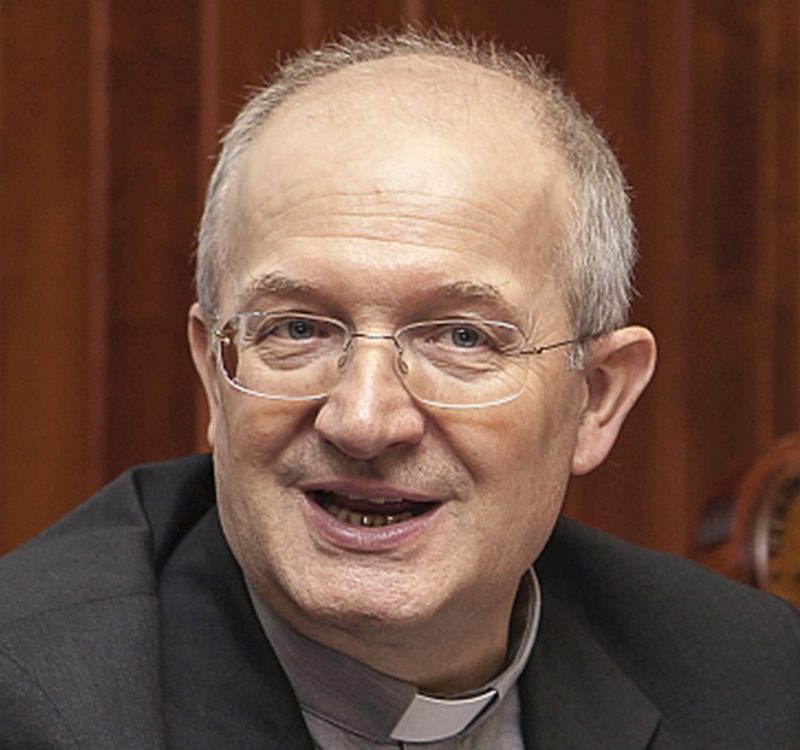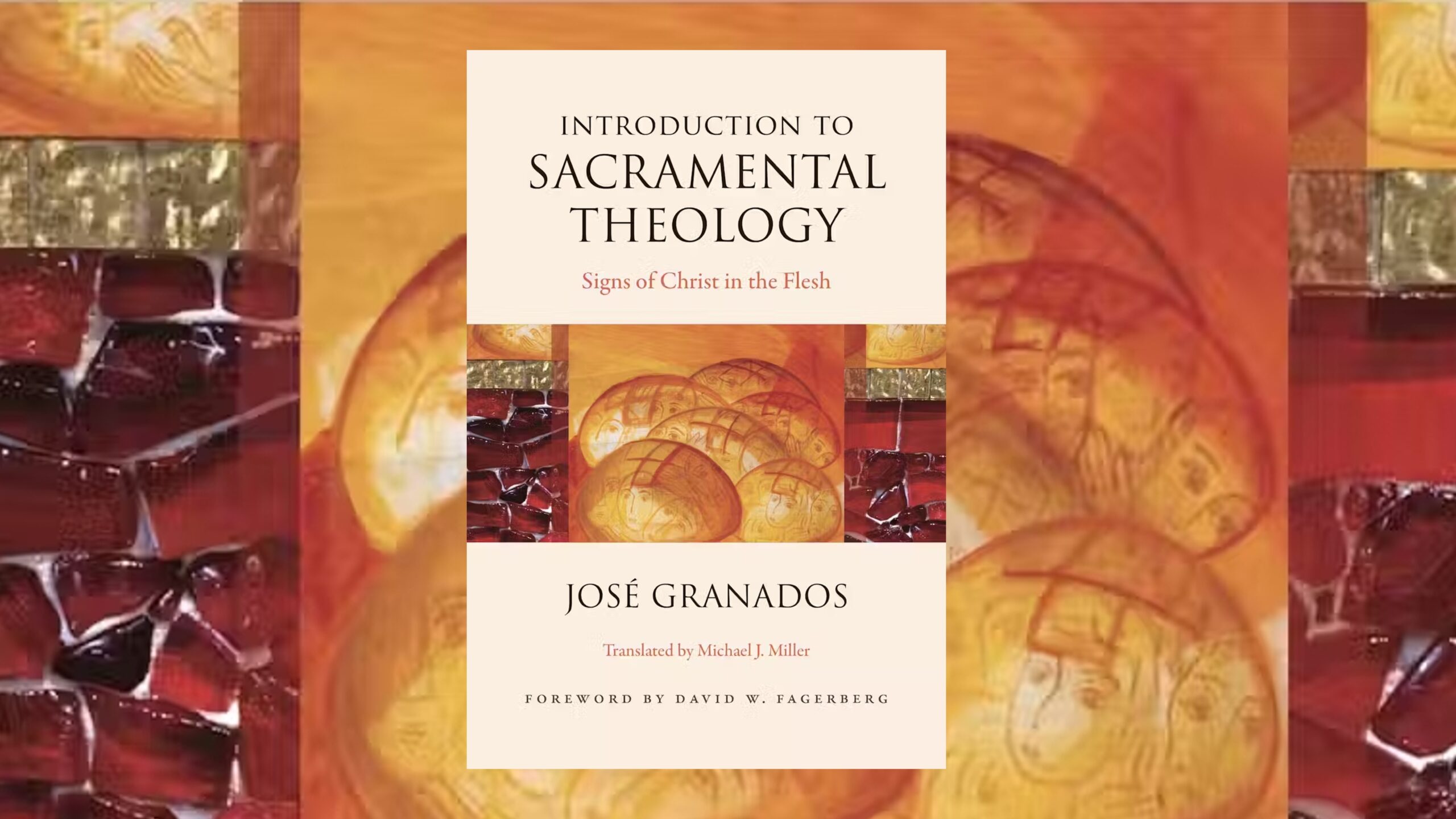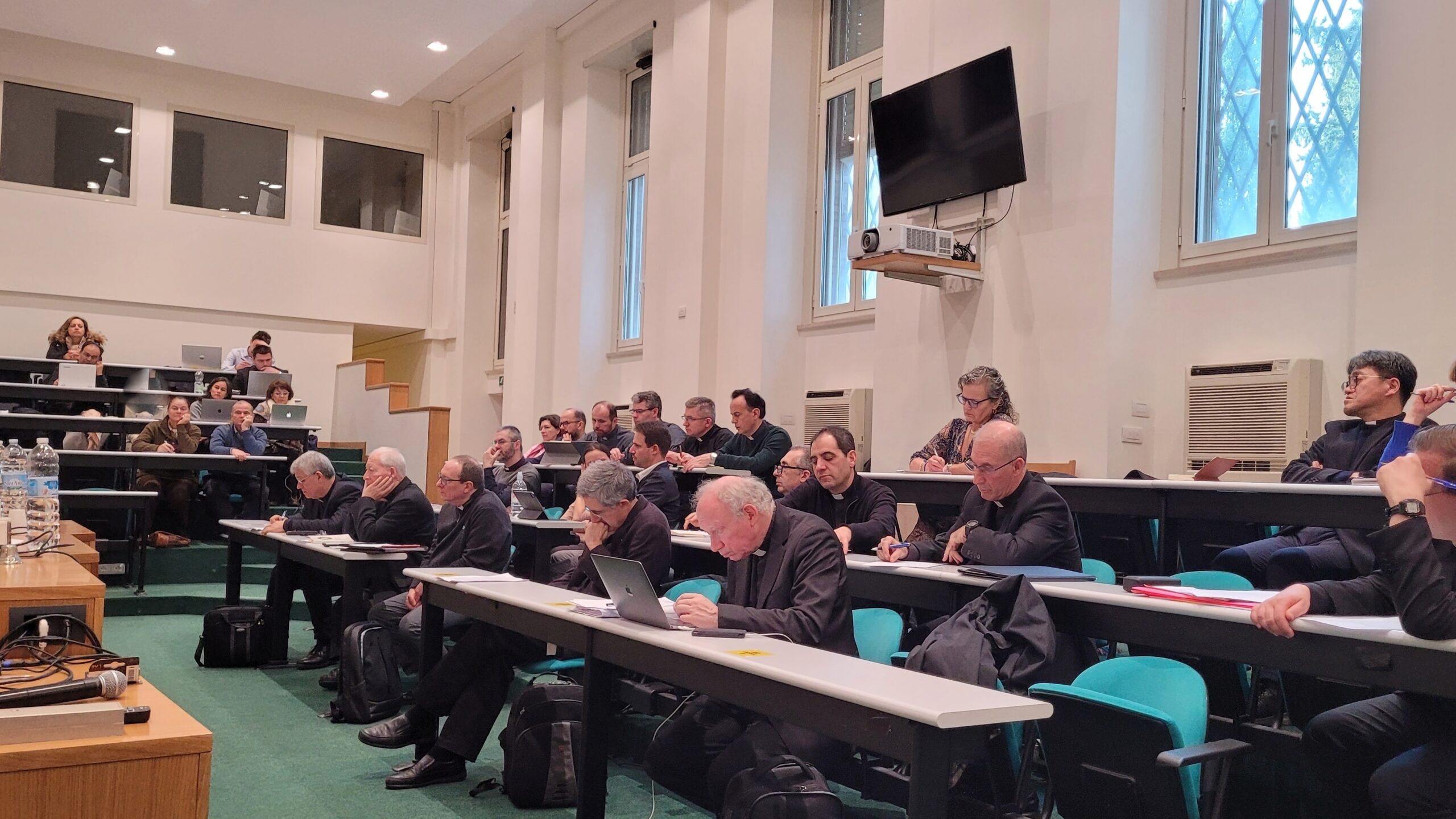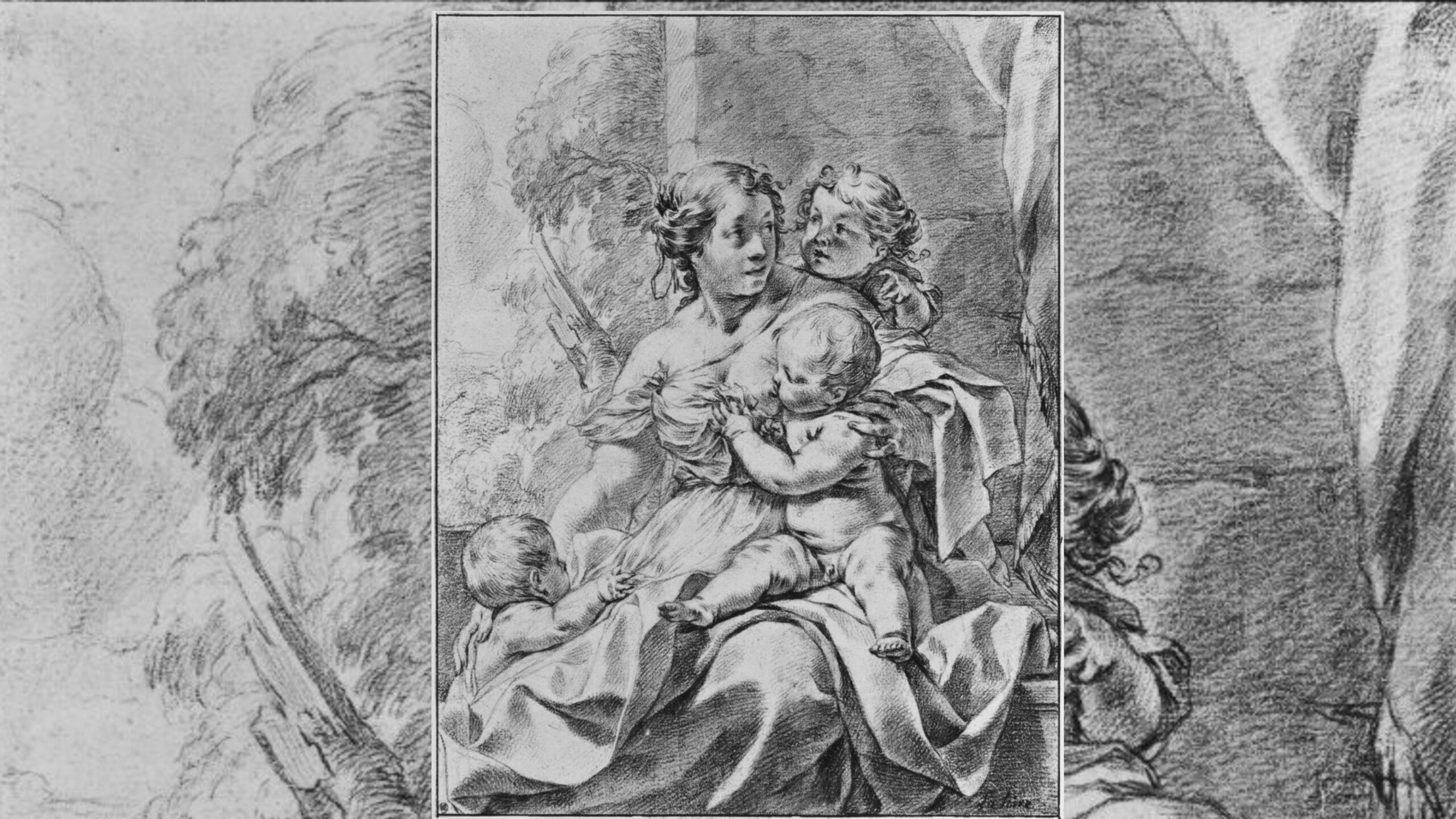Pope Benedict XVI: A Father and a Teacher
Livio Melina
This text has first been published in Italian in Il Foglio, January 4, 2023.
I would like to offer my testimony regarding Joseph Ratzinger / Pope Benedict XVI, drawing from my personal experience and particularly from my most recent experience concerning the way he has been close to me since the summer of 2019 with the events taking place at the Pontifical John Paul II Institute for Studies on Marriage and Family, at which I had been a full professor of moral theology and president.
A Father Who Vividly Imparts His Youthful Ideal
The events came to a head at the end of July 2019, when, after the suppression of the Institute founded by St. John Paul II in 1981, I, too, was informed of my dismissal on the grounds that the new academic institution, which was taking the former Institute’s place, did not contemplate the chair on which I had been teaching. The same measure affected another full professor and 14 professors with temporary contracts, some of whom had been full-time, some of them young, from abroad, and at the beginning of their careers.
Three days later, I received a phone call from the personal secretary of Pope Emeritus Benedict XVI, His Excellency Archbishop Georg Gänswein, who told me that His Holiness had sought me out in the previous days, because he wanted to meet and talk to me. I was surprised and deeply moved.
For seven years, since October 1984, I had worked under him in the doctrinal office of the Congregation for the Doctrine of the Faith. This was a demanding task of great responsibility, but also an extraordinary formative experience. He had honored me with his presence at the discussion of my doctoral thesis, which had been directed by Carlo Caffarra as first reader and by Angelo Scola as the second. He had accompanied me with benevolence at the beginnings of my academic teaching engagement, and elected Pope, he appointed me President of the Institute in January 2006. But I would never have imagined such paternal affection and attention.
“What can I do for you? What can I do for all of you?” were the words with which, on August 1, 2019, he welcomed me to the Mater Ecclesiae Monastery in the Vatican. Thus began a series of personal meetings, seven to be precise, until January 2020, together with a correspondence that continued until his death, up to the Christmas greetings a few days ago. He deemed unjust and unacceptable the measures that had affected me and my colleagues and sought by various means to reach a reconsideration on the part of those responsible. When it became clear that our reinstatement was impossible and that an administrative appeal was futile, he welcomed with great enthusiasm the idea of looking ahead and undertaking new initiatives of research and formation in the context of the “Veritas Amoris Project,” which was maturing and taking shape in our group of friends and colleagues.
It was a further great surprise for me when in January 2020 I received a letter from him together with a 12-page paper in which he outlined what he called “a content sketch” for our research and teaching, grounding our new proposal not only in St. John Paul II’s theology of the body and his own theology of love, but also in the pastoral perspective of Pope Francis.
In that writing he proposed to us the Christian model of the human being, which he recognized in the Knight of Bamberg, whose statue is located in the cathedral of that city, and an image of whom he kept – so he told me – in his old missal as a token of remembrance of a fellow-student who died prematurely and suddenly on the eve of his ordination to the priesthood. “It is an early mediaeval figure of classic beauty, from which human dignity and purity transpire and which cannot fail to impress. It is the image of a man who has conquered in himself the forces of evil and who without affectation is ready to fight for the good.” In the years immediately following the tragedy of the Second World War, this image of an unknown knight expressed the enthusiasm of Benedict’s youthful priestly ideal of a spirituality quite different from the pietistic and kitsch stereotypes of “plaster saints.” Thus, he passed on to us the witness of his youthful ideal and shared with us, recognizing himself, the enthusiasm for a new beginning. I will retrace here the contents of this last teaching that Benedict wished to give us.
A Master Who Teaches the Christian Realism of the Ideal
In the programmatic writing that he sent me, Pope Benedict starts theologically from the Incarnation, which fully reveals the meaning of our being in the image of God, that is, the mystery of the creation of human beings in Christ. The core of anthropology is thus relational: to be at the “image” of God, and of a triune God, means “to be in relations with another,” which is brought to completion with the Son of God taking on human flesh. Marriage and family are the original place of filiation and therefore also the place chosen by the Son of God to become flesh and to give his (fraternal and spousal) body to those who are his own.
The issue of the tension between the real and the ideal in the Christian proposal is of special importance in our ecclesial and social context. According to Pope Benedict, the strongest accusation against Christianity today consists in blaming it for proposing an ideal that is too high and thus destructive for human beings, insofar as it is unrealistic. This is an accusation made by both Marxism and Islamism. This accusation becomes acute today precisely because it seems that the Christian faith has failed and that its demands cannot be lived out.
The field of marriage and the family is the one where the failure of the Christian proposal seems most evident, confirmed by the clerical sexual abuse scandal, to the point of one having to admit: “it is not possible to live like this,” that is, in celibacy or in monogamous and faithful marriage (see the contrast today between the “possible good” of Amoris Laetitia and Veritatis Splendor n. 103).
Well, it is precisely the relational anthropology of the imago Dei that can shed some light on the question. If a person lives in relationships, then his or her capacity is greater than the strength of a simple isolated individual. After Christ’s redemptive Incarnation, what is “real” is not the human being who is isolated in his or her desires and left to his or her own resources, as a reductive neo-Pelagianism would have it. Rather, what is real is the encounter that precedes us and awakens us from the sleep of our isolation. Relations – and thus love – appear as the true force of reality in the world, precisely because they make us go beyond our measure.
An essential theme to be addressed is the relationship between the Church and modernity, where the key issue is that of freedom. On the one hand, there is the vision of the Christian faith, symbolized by the image of the knight of Bamberg, who distinguishes himself precisely by his dignified freedom, who openly fights and overcomes evil, and who is perceived in contrast to a defensive vision full of complexes. But, on the other hand, the idea of freedom could also be reduced to the modern vision of a freedom without content.
The key to dialogue with the modern world is to find the meaning of true Christian freedom. For Benedict, the solution can be found, on the one side, in the connection between freedom and relationships, situating freedom in the communion among human beings: it is the freedom of the gift, according to St. John Paul II’s insight. On the other side, what is also essential is the connection between freedom and nature, placing freedom in something that is previously given as a gift and, therefore, in the totality of the world as creation.
It is precisely a family-centered view of the human being that can help situate freedom in this relational and embodied framework. All this helps us to understand the relationship between the Church and modernity. As the Second Vatican Council argues in Gaudium et Spes, the family becomes the key to the Church’s relationship with the modern world. The Christian faith does not close in on itself, and this is not because it has decided to adapt to the modern mentality of absolute freedom, but because it can fully affirm freedom as a freedom that is created and relationally situated.
Thus, according to Pope Benedict, the connection between freedom and nature becomes decisive in this anthropological vision, serving as the ultimate foundation of the human person’s relationality. The high gaze, necessary lest human beings fall into despair, is understood by today’s postmodernity as the quest for an absolute freedom that, with the help of technology, is deemed capable of radically changing the coordinates of our existence.
The consequences can be seen in the field of sexuality, since today denying human nature means denying that human beings are male and female. One arrives at a vision of the human person as self-generating (cf. Benedict XVI, Address to the Curia, December 2012) and thus as someone incapable of ever going beyond him or herself. Thereby one ruins this selfsame lofty vision.
The alternative proposal that is proper to the faith is to understand freedom as created freedom. Freedom begins with an original gift, and it is oriented toward the fullness of the image of God. One must therefore explore the connection between freedom and creation, a connection that appears in a particularly clear way in marital and family relationships, insofar as they speak of an origin that precedes us and carries with it a meaning. We may recall that at the beginning of his letter to the Romans, St. Paul links the acceptance of the Creator precisely to the acceptance of sexual difference.
According to Benedict, nature, insofar as it is in connection with creation, is therefore a nature that is thought; it is not devoid of reason but possesses in itself the spirit or Logos. As created and thus initiated by God’s love and bearing his design, nature is therefore open to history. As such, it bears within itself both the consequences of sin and the effects of Christ’s Incarnation and of the redemption wrought by him. Thus, we are offered the key to presenting the image of the human being in a way that takes into account our fragility, but also our ability to do good, based on the redemption of Jesus Christ.
“A Simple and Humble Laborer in the Vineyard of the Lord”
“A simple and humble laborer in the vineyard of the Lord”: with these words Pope Benedict introduced himself to the Romans and to the world after his election on April 19, 2005. “Simple” refers to someone who is “sine plice,” that is, without folds hiding something else. It describes the attitude of those who are devoid of all ambiguity, who speak in a transparent and direct manner because they want to communicate the truth and not deceive their interlocutors with subterfuge. Ambiguity is the tool of despotism – the tool of those who do not serve but rather dominate others with obscure speech. “Humble,” in turn, are those who understand that they are “humus,” that is, made of earth, and who are thus free from pride and lust for power.
In this way, as simple and humble, Pope Benedict XVI appeared throughout his long life as a diligent and brilliant scholar, as a servant of the Church, as a Pope. Perhaps even more so in the last stretch, almost silent and yet so eloquent, of his prayerful retreat to the Mater Ecclesiae Monastery on Vatican Hill, which followed his renunciation of the active exercise of the Petrine ministry. The period of these last ten years has been a mysterious one, in which, in extreme physical frailty but with great lucidity and strength of spirit, he accompanied the Church through one of the most difficult and darkest junctures of its recent history. He accompanied her with a limpid and serene witness to Jesus Christ who “is the same yesterday and today and forever,” so that we would “not be carried away by all kinds of strange teachings” (Heb 13:8-9).
In his letter of March 10, 2009, Pope Benedict wrote to the bishops of the Catholic Church: “In our days, when in vast areas of the world the faith is in danger of dying out like a flame which no longer has fuel, the overriding priority is to make God present in this world and to show men and women the way to God. Not just any god, but the God who spoke on Sinai; to that God whose face we recognize in a love which presses ‘to the end’ (cf. Jn 13:1) – in Jesus Christ, crucified and risen. The real problem at this moment of our history is that God is disappearing from the human horizon, and, with the dimming of the light which comes from God, humanity is losing its bearings, with increasingly evident destructive effects.” In his spiritual testament, he returns to this pivotal theme.
He understood well that, as Mother Teresa of Calcutta had said, the greatest poverty is the poverty of those who do not believe in God, and that, therefore, the greatest and most urgent kind of charity is to bear witness to God and to give others the possibility of the encounter with Christ received by grace. The clear and strong, simple and humble service to the faith of the little ones has been for Joseph Ratzinger / Pope Benedict the task of his entire long life, the compass that has always guided him in his ministry. “One does not live by bread alone…” And the one who gives only bread or clothes basically gives too little to the poor and has too little regard for them.
Share this article
About Us
The Veritas Amoris Project focuses on the truth of love as a key to understanding the mystery of God, the human person and the world, convinced that this perspective provides an integral and fruitful pastoral approach.



